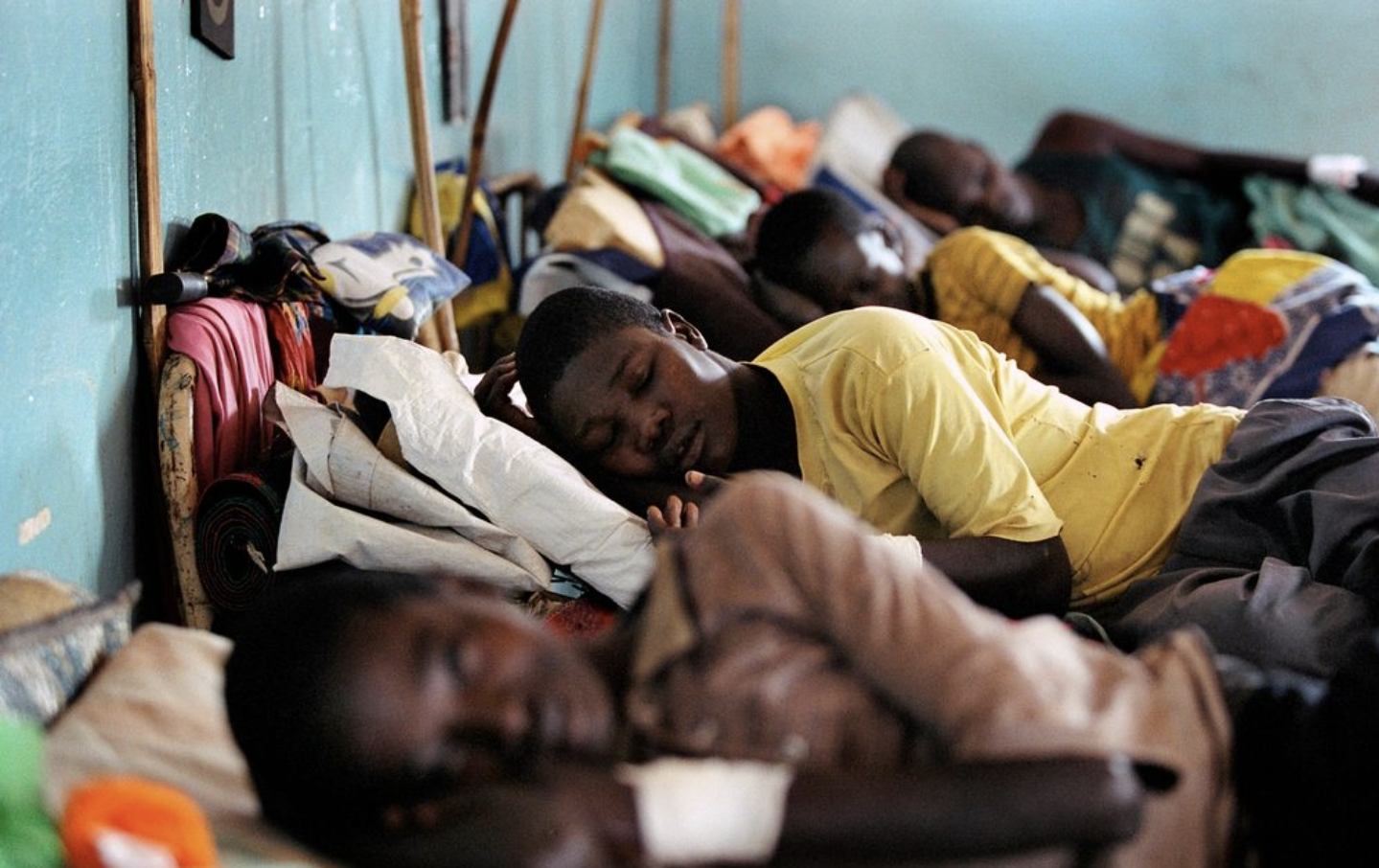 In the last stages, patients would slip into a deep, irreversible sleep, one from which dozens of Kenyans never woke up. Photo/ WHO.
In the last stages, patients would slip into a deep, irreversible sleep, one from which dozens of Kenyans never woke up. Photo/ WHO.
It was known as the “silent killer” of the countryside. Victims would start with a fever, then headaches, then confusion. They would eventually slip into a deep, irreversible sleep, one from which dozens of Kenyans never woke up.
That nightmare is now officially over.
The World Health Organization (WHO) has validated Kenya as having eliminated human African trypanosomiasis - commonly known as sleeping sickness - as a public health problem. The announcement, made on Thursday, marks a historic milestone in the country’s long battle against the deadly disease.
“I congratulate the government and people of Kenya on this landmark achievement,” said Dr Tedros Adhanom Ghebreyesus, WHO Director-General. “Kenya joins the growing ranks of countries freeing their populations of human African trypanosomiasis. This is another step towards making Africa free of neglected tropical diseases.”
According to the WHO, eliminating a disease as a public health concern does not mean the disease is completely gone (eradicated). A few cases may still occur, but they are rare, well monitored, quickly detected and treated. That means the disease is under control and no longer causing widespread illness or deaths.
Sleeping sickness is caused by a parasite transmitted through the bite of an infected tsetse fly. The disease affects mainly rural populations, especially those involved in agriculture, animal husbandry, hunting, or fishing.
The fight against sleeping sickness in Kenya began in the early 20th century when the first cases were identified.
The disease was a major cause of illness and death, particularly in areas with high wildlife and livestock interaction. The Maasai Mara, for instance, was a known hotspot. The last locally acquired case in Kenya was reported in 2009, and the last two exported cases, infected in Masai Mara, were reported in 2012.
Although exact figures are hard to trace, historical records and WHO reports suggest sleeping sickness killed thousands across East Africa over the decades, often going undiagnosed or misdiagnosed until it was too late.
In Kenya, the form of the disease present is the faster-progressing r-HAT (rhodesiense human African trypanosomiasis), which can cause death within weeks if untreated. It attacks multiple organs and invades the brain, leading to severe neurological symptoms and coma.
Symptoms begin with fever, headaches, muscle and joint pain. As the disease advances, it affects the central nervous system, causing confusion, poor coordination, personality changes, and severe sleep disturbances. In its final stage, it results in coma and death.
There is no vaccine and prevention relies heavily on early detection, treatment, tsetse fly control, and surveillance.
“This validation marks a major public health milestone for Kenya, as we celebrate the elimination of a deadly disease in our country,” said Dr Aden Duale, Health CS, according to a statement from the WHO. “The achievement will not only protect our people but also pave the way for renewed economic growth and prosperity. This follows many years of dedication, hard work and collaboration.”
Kenya strengthened surveillance in 12 health facilities spread across six historically endemic counties. These facilities were equipped with diagnostic tools and their personnel trained to detect the disease using the most practical and sensitive tests available.
The country also enhanced vector surveillance and control efforts, particularly through the Kenya Tsetse and Trypanosomiasis Eradication Council (KENTTEC). National veterinary authorities monitored animal trypanosomiasis, which also plays a role in human infections.
“This key milestone reflects Kenya’s efforts and commitment over many years, as a collaboration between national and county governments, national research institutions, development partners and affected communities,” said Dr Patrick Amoth, the Director General for Health. “The country remains fully committed to sustain the quality of care and surveillance in line with WHO’s recommendations.”
Kenya is now the tenth country to be certified by WHO as having eliminated sleeping sickness as a public health problem. The others are Benin, Chad, Côte d’Ivoire, Equatorial Guinea, Ghana, Guinea, Rwanda, Togo and Uganda.
This also marks Kenya’s second success in tackling neglected tropical diseases (NTDs), having been certified free of Guinea worm disease in 2018.
Globally, 57 countries have now eliminated at least one NTD. These milestones are key steps towards achieving the WHO roadmap for NTDs, which targets the elimination of multiple diseases by 2030.
Experts warn that the work is not over despite the success.
“This success was made possible by the Ministry of Health’s leadership, the dedication of health workers in areas at risk and the support from key partners,” said Dr Abdourahmane Diallo, WHO Representative to Kenya. “WHO is proud to have contributed to this achievement and encourages all stakeholders to remain involved in post-validation monitoring.”
Kenya will now implement a post-validation surveillance plan to ensure early detection of any new cases. This includes continuous monitoring in areas like Maasai Mara, where tsetse fly populations and wildlife reservoirs still pose a risk of reintroduction.
WHO has committed to support this
next phase and will maintain a stockpile of medicines for rapid deployment in
case of any new outbreaks.











